This article explores the potential of using gravitational waves for communication, highlighting the advantages it could offer over traditional electromagnetic communication. It discusses the challenges and opportunities in generating and detecting artificial gravitational waves, outlining the current state of research and future directions.
This illustration shows the merger of two supermassive black holes and the gravitational waves that ripple outward as the black holes spiral toward each other. Image Credit: LIGO/T. Pyle, it opened a whole new window into the Universe. Before that, astronomy depended on observations of light in all its wavelengths.
“Gravitational waves can maintain consistent signal quality over immense distances, making them suitable for missions beyond the solar system.”“The discovery of gravitational waves has opened a new observational window for astronomy and physics, offering a unique approach to exploring the depths of the universe and extreme astrophysical phenomena.
There is plenty of theoretical work behind GWC but less practical work. The paper points out what direction research should take to bridge the gap between the two. “High-frequency gravitational waves, often generated by smaller masses or scales, are feasible for artificial production under laboratory conditions. But they remain undetectable due to their low amplitudes and the mismatch with current detector sensitivities,” the authors explain.
There are also unique noise sources to consider, including thermal gravitational noise, background radiation and overlapping GW signals. “Developing comprehensive channel models is essential to ensure reliable and efficient detection in these environments,” the authors write. It might seem as if GWC is out of reach, but it holds so much promise that scientists are unwilling to abandon it. In deep space communications, EM communication is hamstrung by the vast distances and interference from cosmic phenomena. GWC offers solutions to these obstacles.
GRAVITATIONAL WAVES COMMUNICATION TECHNOLOGY ASTROPHYSICS FUTURE
United States Latest News, United States Headlines
Similar News:You can also read news stories similar to this one that we have collected from other news sources.
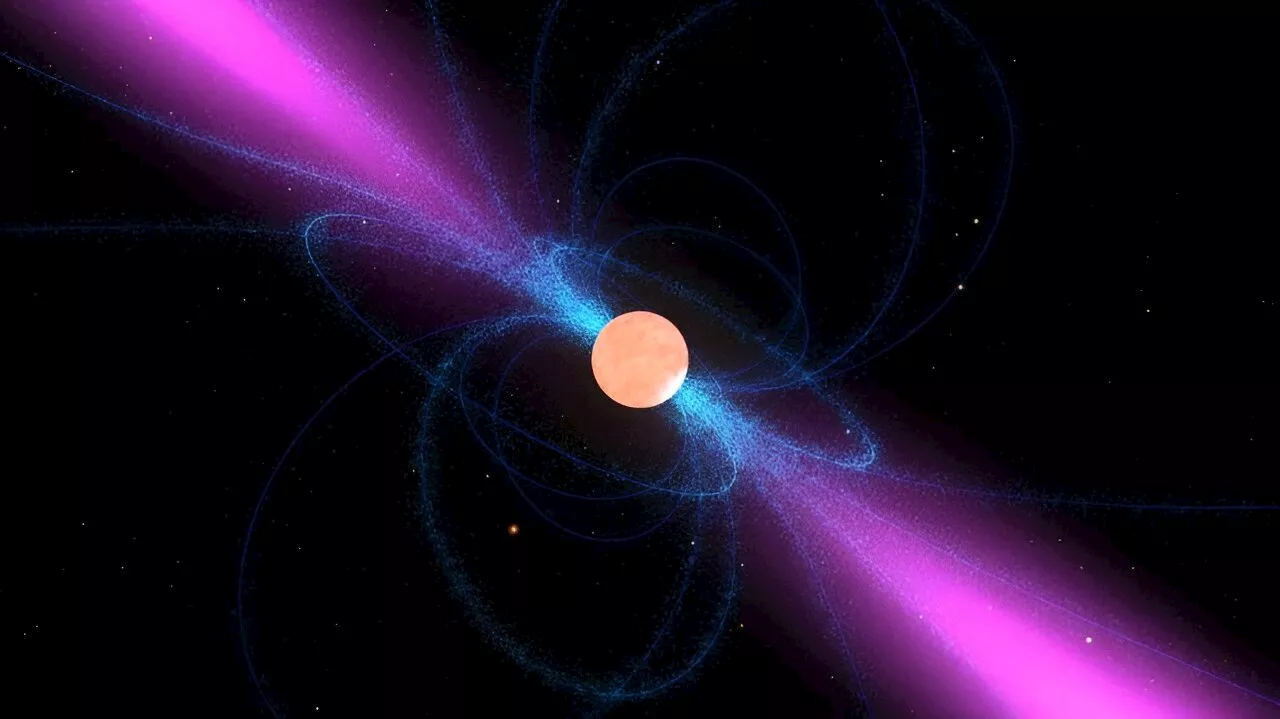 LIGO Fails to Find Continuous Gravitational Waves From PulsarsSpace and astronomy news
LIGO Fails to Find Continuous Gravitational Waves From PulsarsSpace and astronomy news
Read more »
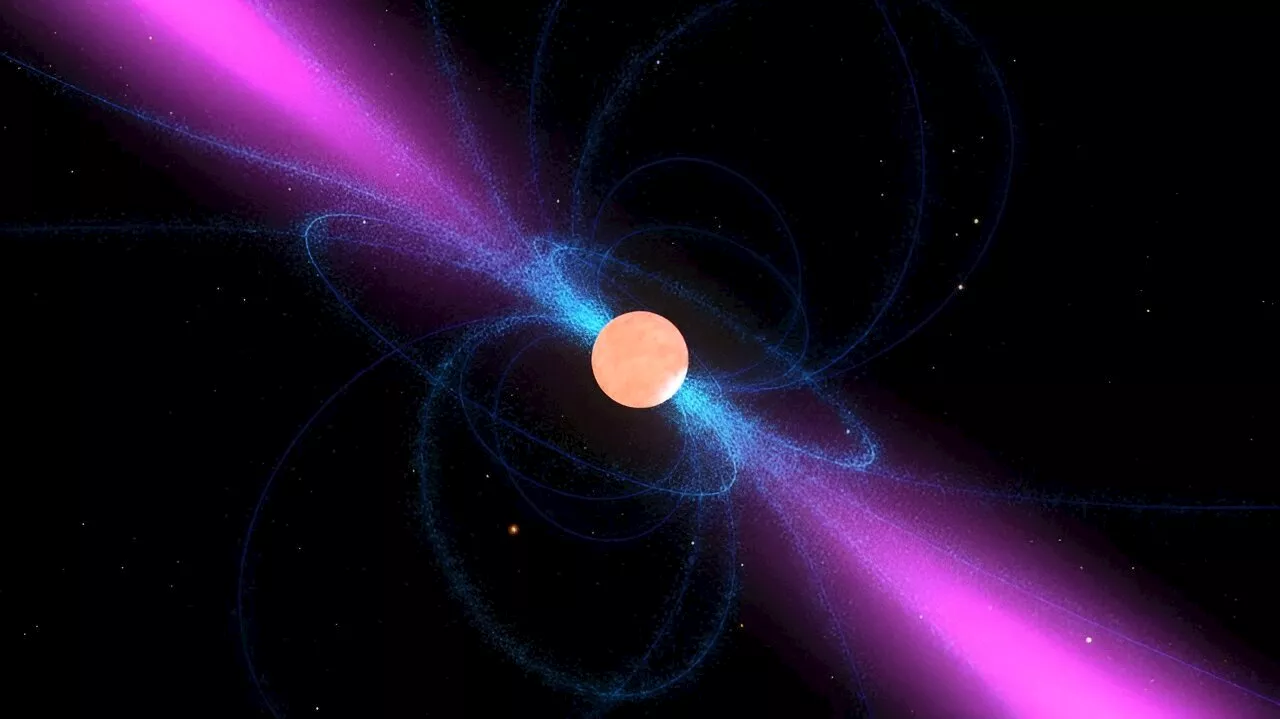 Search for Gravitational Waves from Pulsars Yields New LimitsThe LVK Collaboration conducted a search for continuous gravitational waves (CWs) from 45 known pulsars. While no CWs were detected, the results established upper and lower limits on the signal amplitude, potentially aiding future searches.
Search for Gravitational Waves from Pulsars Yields New LimitsThe LVK Collaboration conducted a search for continuous gravitational waves (CWs) from 45 known pulsars. While no CWs were detected, the results established upper and lower limits on the signal amplitude, potentially aiding future searches.
Read more »
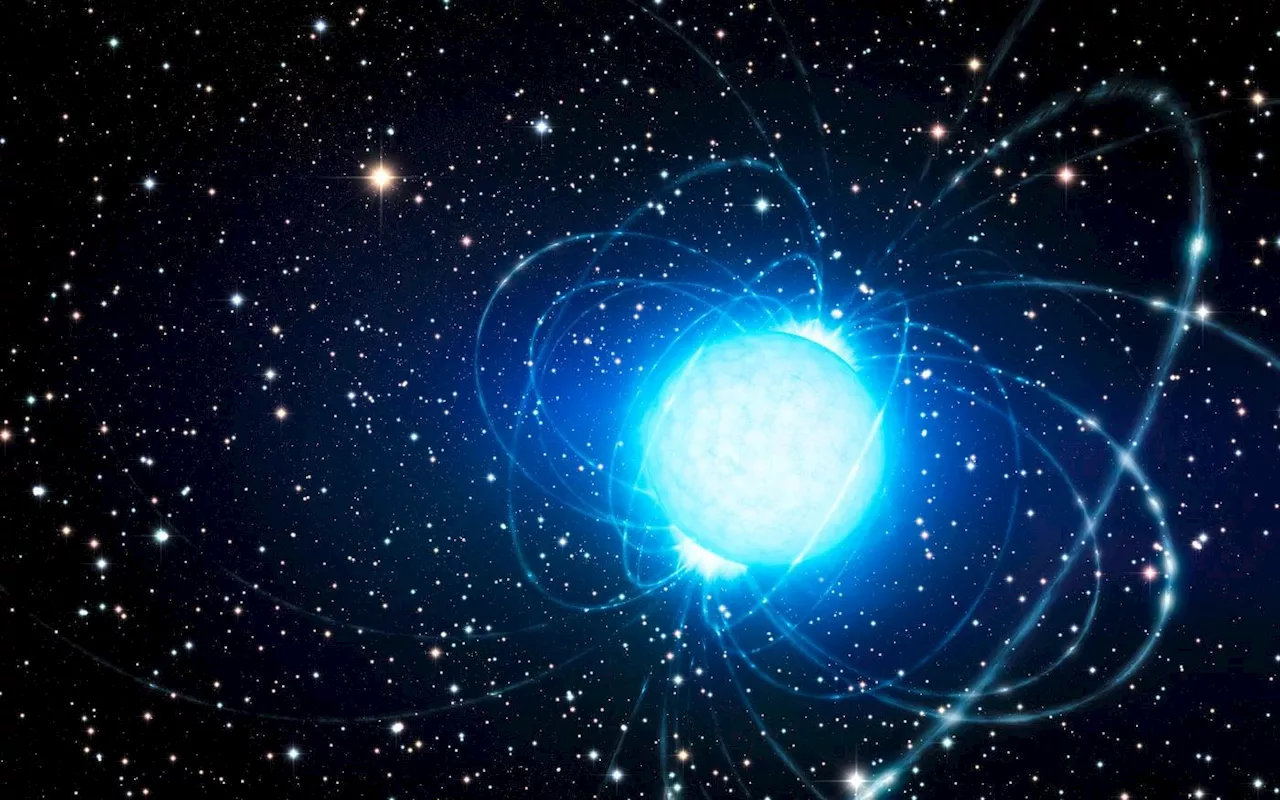 Gravitational Waves Could Give Us Insights into Fast Radio BurstsAre Fast Radio Bursts and Gravitational Waves generated by magnetars and their star quakes? Scientists might find out soon.
Gravitational Waves Could Give Us Insights into Fast Radio BurstsAre Fast Radio Bursts and Gravitational Waves generated by magnetars and their star quakes? Scientists might find out soon.
Read more »
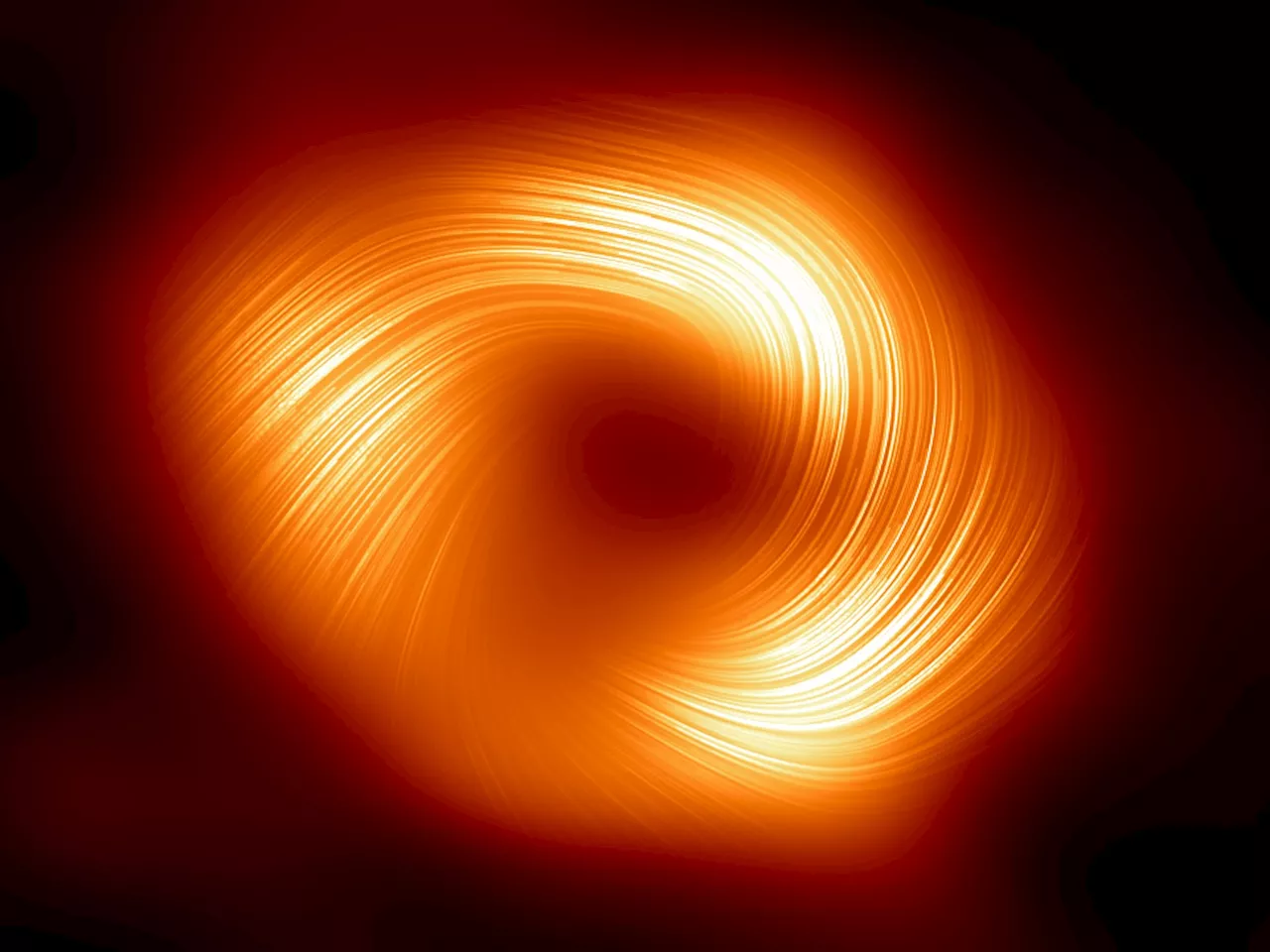 Gravitational Waves Could Reveal the Mass of Sagittarius A* with Unprecedented AccuracyA new study suggests that future space-based gravitational wave observatories could measure the mass of Sagittarius A*, the supermassive black hole at the center of our galaxy, with incredible precision.
Gravitational Waves Could Reveal the Mass of Sagittarius A* with Unprecedented AccuracyA new study suggests that future space-based gravitational wave observatories could measure the mass of Sagittarius A*, the supermassive black hole at the center of our galaxy, with incredible precision.
Read more »
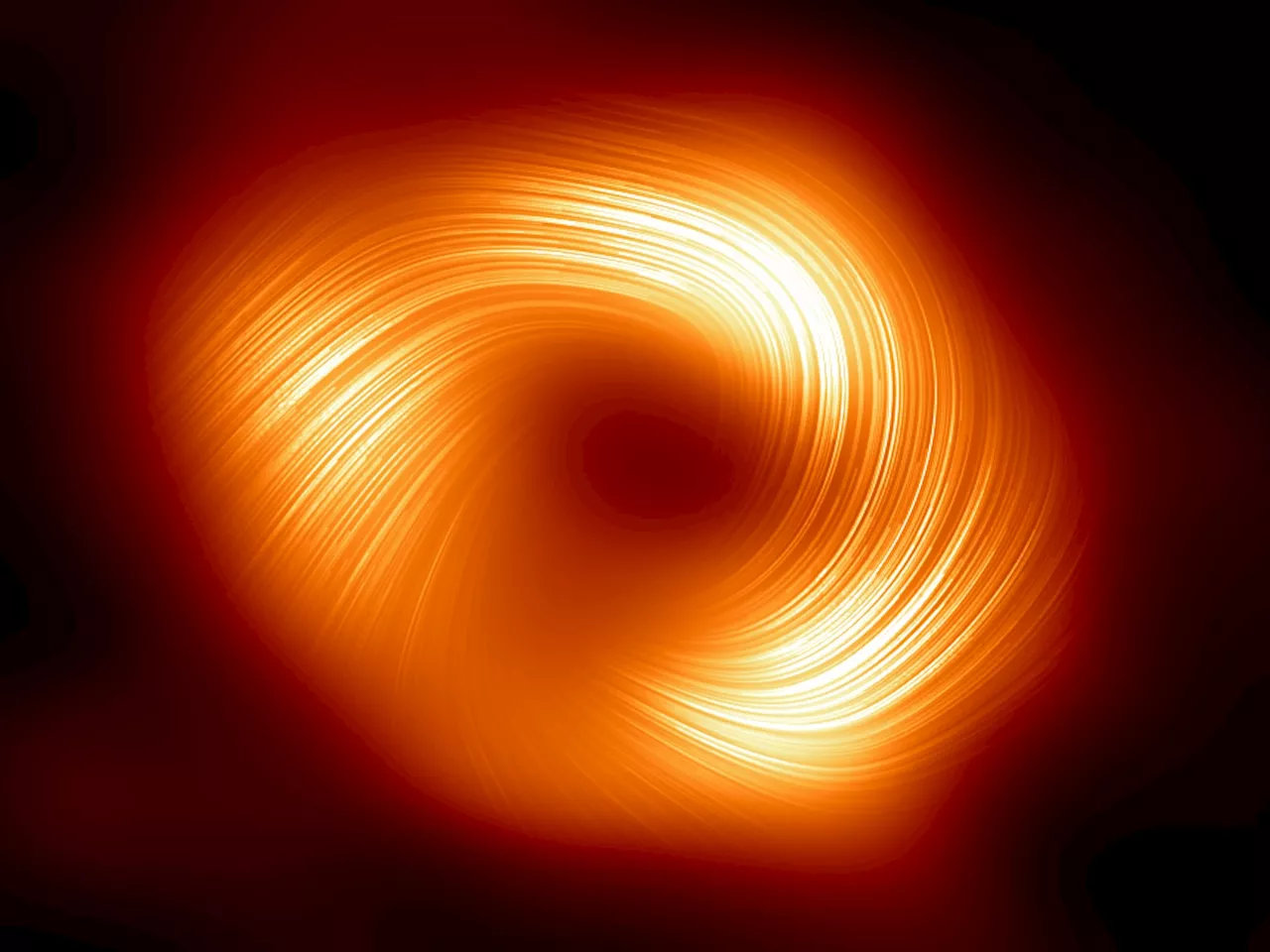 Gravitational Waves: A Path to Unprecedented Black Hole Mass MeasurementsA new study proposes that space-based gravitational wave observatories like LISA could revolutionize our understanding of black holes by enabling ultra-precise measurements of their mass and spin. The key lies in observing the gravitational waves emitted by brown dwarfs spiraling into supermassive black holes like Sagittarius A* at the center of our galaxy.
Gravitational Waves: A Path to Unprecedented Black Hole Mass MeasurementsA new study proposes that space-based gravitational wave observatories like LISA could revolutionize our understanding of black holes by enabling ultra-precise measurements of their mass and spin. The key lies in observing the gravitational waves emitted by brown dwarfs spiraling into supermassive black holes like Sagittarius A* at the center of our galaxy.
Read more »
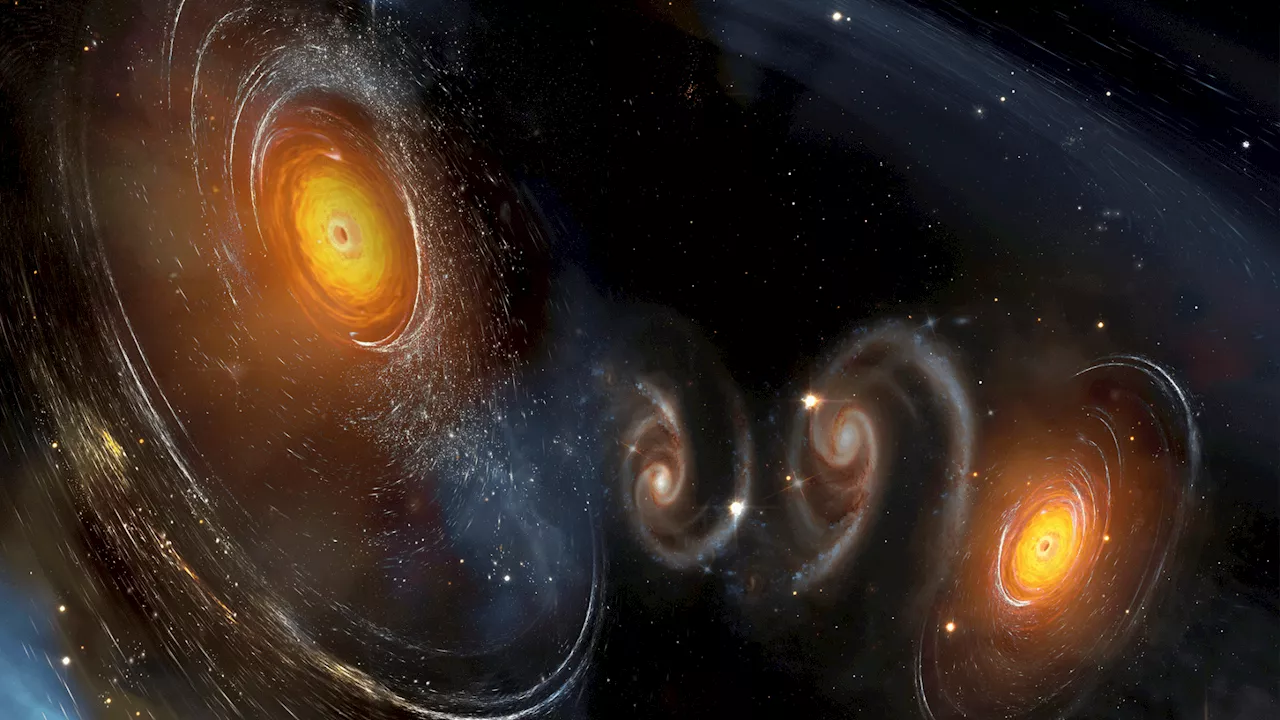 Gravitational waves, not inflation, possibly caused the birth of galaxiesA new study suggests that the cosmic web could have formed without relying on inflation driven by a scalar field. Instead, it proposes a novel mechanism that suggests that inflation arises from gravitational wave amplification.
Gravitational waves, not inflation, possibly caused the birth of galaxiesA new study suggests that the cosmic web could have formed without relying on inflation driven by a scalar field. Instead, it proposes a novel mechanism that suggests that inflation arises from gravitational wave amplification.
Read more »
